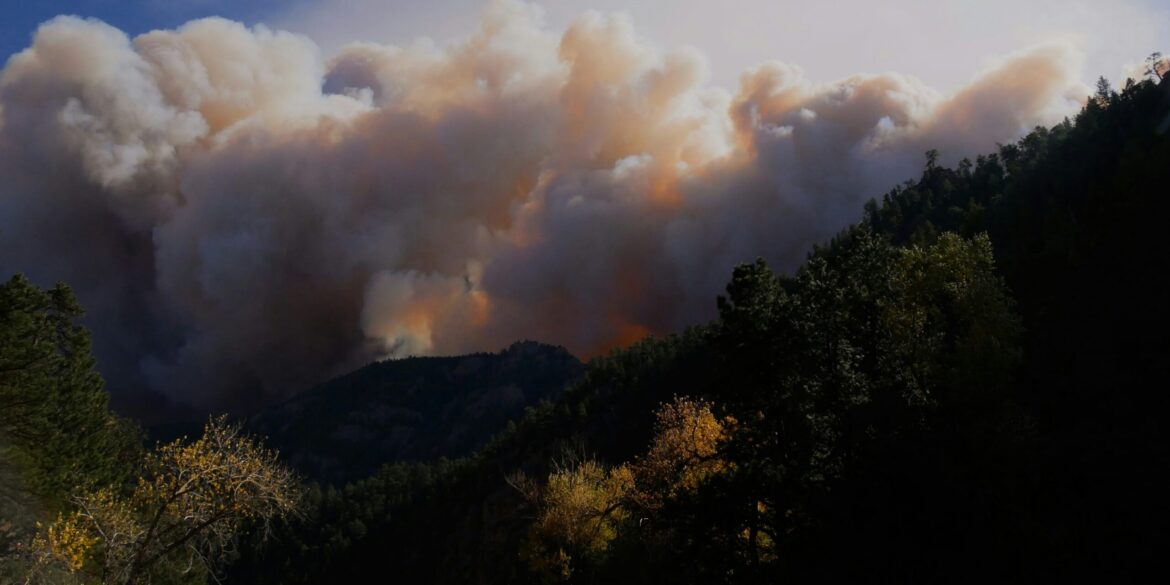Access to real-time data from the NASA‑ISRO Synthetic Aperture Radar (NISAR) mission stands to fundamentally transform how at-risk communities respond to climate-driven disasters. Slated for launch on July 30, 2025, from India, NISAR will deliver high-resolution, all-weather, day-and-night imagery of Earth—a critical asset for monitoring flooding, sea-level rise, subsidence, and extreme weather events.
By tracking subtle shifts in Earth’s surface—such as land deformation, coastal erosion, and glacier melt—NISAR enables precise mapping of areas vulnerable to inundation and infrastructure failure. Data is updated every 12 days globally, allowing timely comparison and detection of changes often missed by traditional observation systems.
Read Also: https://democratdigest.com/honolulus-climate-lawsuit-moves-forward-to-landmark-hearing/
Importantly, NISAR prioritizes open and publicly accessible satellite imagery, empowering communities that have historically had limited access to environmental data. This democratization can enhance disaster preparedness in low-income or marginalized areas, where early warning systems are often inadequate or nonexistent. Public, equitable access also strengthens local advocacy, enabling residents to document damage, demand accountability, and influence disaster recovery planning.
NISAR supports a suite of applications tailored to the needs of vulnerable populations: flood mapping, infrastructure monitoring, groundwater assessment, and ecosystem health analysis. Workshops, community engagement programs, and early-adopter initiatives are integral to building capacity and ensuring that data is responsive to user needs rather than just academic interests.
For communities facing sea-level rise or frequent flooding, NISAR’s radar-based imagery offers a way to visualize coastline erosion, coastal land loss, and subsidence—insights that can guide local adaptation projects and inform planning decisions. Forested and wetland regions, which serve as carbon sinks and natural flood buffers, can also be monitored in detail, helping assess restoration or protection interventions in vulnerable regions.
In the context of climate justice, where marginalized and low-income communities often bear the brunt of disasters yet have the least control over responses, NISAR’s open-data framework provides a tangible shift in agency. Local groups, nonprofits, and journalists can integrate satellite data into participatory mapping, citizen science flood monitoring, and resilience-building campaigns, amplifying voices often excluded from policymaking.
With a projected primary mission of three years, NISAR will generate terabits of data daily using NASA’s L-band and ISRO’s S-band radar systems—ensuring imagery that penetrates clouds and operates in darkness or daylight alike.
In sum, NISAR delivers far more than scientific insight—it creates a powerful toolkit for equitable climate resilience. Providing real-time, publicly shared imagery and engaging directly with community stakeholders, it equips populations facing climate extremes with enhanced forecasting, advocacy, and adaptation capabilities—hallmarks of a more inclusive environmental future.

